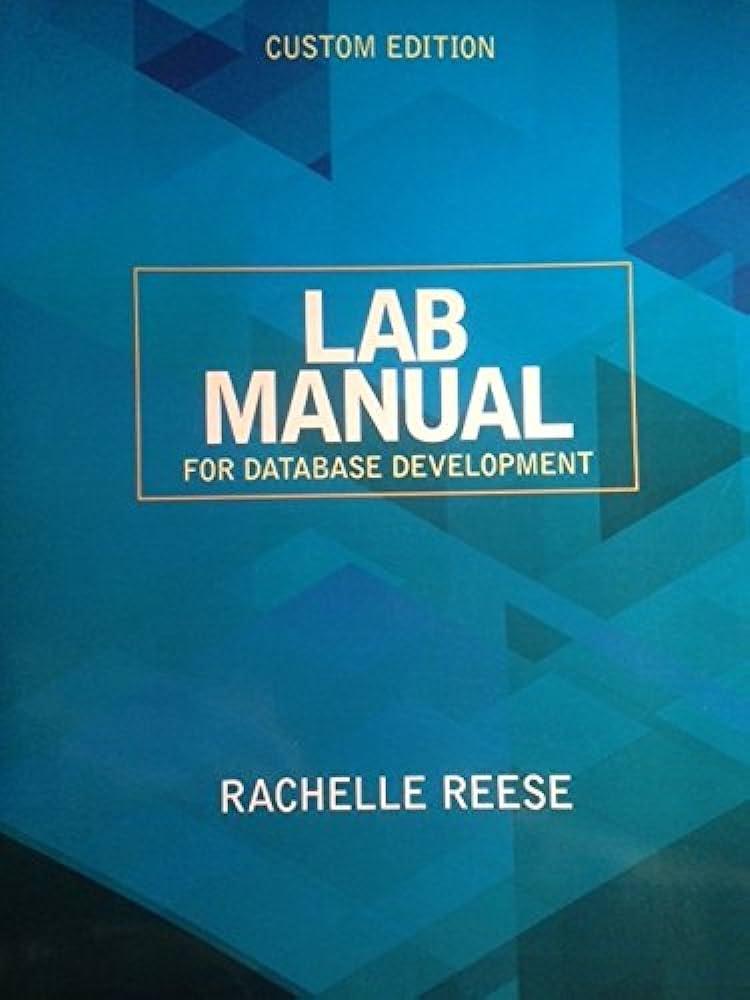
Double-right triple-left Turing machine Consider the following simple variant of a Turing machine: a double-right triple-left (DRTL) Turing machine is a two-way infinite tape Turing machine in which every Right (RR) move moves 2 cells to the right, and every Left (LLL) move moves three cells to the left. Here we will show one direction of the proof that DRTL is equivalent to the "normal" two-way infinite tape Turing machine. (a) Show how, given a normal Turing machine M, to construct a DRTL Turing machine M' rec- ognizing the same language, by showing how to simulate transitions (qi, a) (9%b,R) and (a, a) (0% , L) of a normal Turing machine on DRTL TM. Make sure to say explicitly which and how many states and transitions M, would have, if M has IQ-n states and p-d. This will show that DRTL TMs are at least as powerful as normal TMs (b) Now, consider a generalization of DRTL to k-right m-left Turing machines. What should be the condition on k and m for your proofs to still go through? And for which values of k and m you do not get an equivalent Turing machine? Assume the input is written sequentially on the tape. Double-right triple-left Turing machine Consider the following simple variant of a Turing machine: a double-right triple-left (DRTL) Turing machine is a two-way infinite tape Turing machine in which every Right (RR) move moves 2 cells to the right, and every Left (LLL) move moves three cells to the left. Here we will show one direction of the proof that DRTL is equivalent to the "normal" two-way infinite tape Turing machine. (a) Show how, given a normal Turing machine M, to construct a DRTL Turing machine M' rec- ognizing the same language, by showing how to simulate transitions (qi, a) (9%b,R) and (a, a) (0% , L) of a normal Turing machine on DRTL TM. Make sure to say explicitly which and how many states and transitions M, would have, if M has IQ-n states and p-d. This will show that DRTL TMs are at least as powerful as normal TMs (b) Now, consider a generalization of DRTL to k-right m-left Turing machines. What should be the condition on k and m for your proofs to still go through? And for which values of k and m you do not get an equivalent Turing machine? Assume the input is written sequentially on the tape







